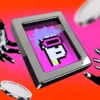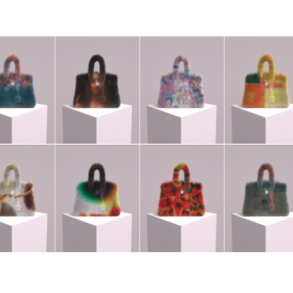This could mean everything from using artificial intelligence (AI) and machine learning to write music or generate paintings, to non-fungible tokens (NFTs) which represent a wide range of digital assets of art, music, in-game items, videos and more.
These elements could also extend to immersive exhibitions with large-scale projections or virtual and augmented realities.
But the haphazard development of the scene reflected a lack of clear goals and vision for the industry, with few concrete measurements of outcomes, experts said.

A proliferation of new technologies and buzzwords kept popping up, such as AI, virtual reality, augmented reality, NFTs, immersive experiences, generative art and more.
Hong Kong has seen a range of art tech on display in recent years, with more than HK$160 million approved for the crossover sector up to March this year, according to the Culture, Sports and Tourism Bureau.
Hong Kong artists with intellectual disabilities showcase works at Art Basel
Hong Kong artists with intellectual disabilities showcase works at Art Basel
The Arts Development Council organised two exhibitions between 2022 and last year, featuring 58 artists, which explored the possibilities of technology and art, including a piece that used AI to bring to life the late critic Nigel Cameron by using a machine to replicate his writing style.
Art tech has also played an increasingly important role in Baptist University’s annual gala concerts, from featuring a live orchestra and an AI choir in 2022 to including dancing human avatars generated by AI in traditional Chinese Yao ethnic costumes this year.
The AI-generated images are based on Yao dancers’ real-life movements the production team gathered in western mainland China earlier this year.
“The scale this time is much grander,” Professor Johnny Poon, music director of the university’s symphony orchestra, said ahead of concerts scheduled for Friday and Saturday.
“After a few years, we have become more mature, and we have got higher standards all around. We’ve been setting up since Monday and a larger investment is involved this time around.”
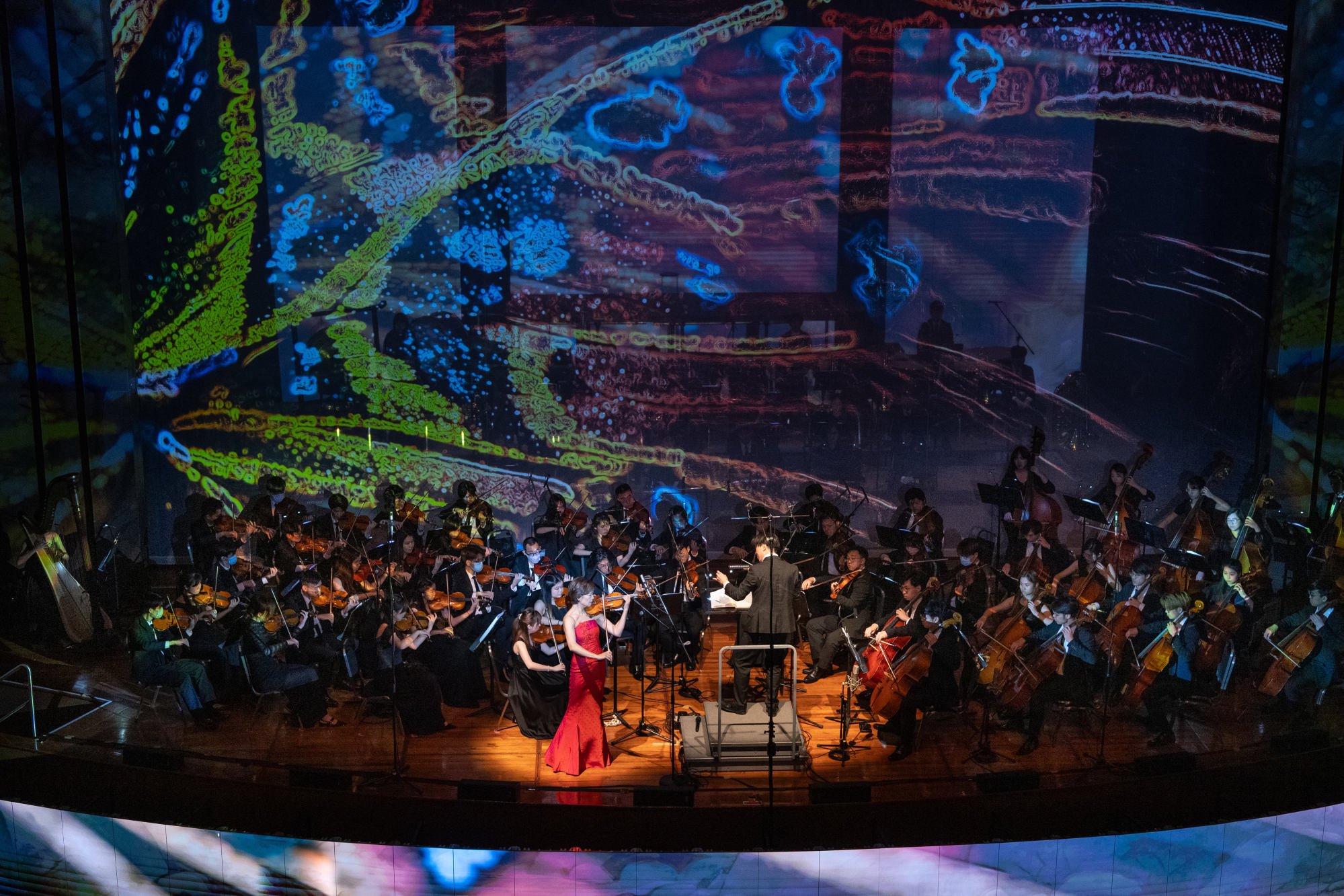
Established last July, Duh’s centre at PolyU is an umbrella organisation with partners that include companies nurturing talent in gaming with mainland tech giant Tencent and other prominent firms in the field of NFTs.
It is also the first university design school in the world to have a partnership with US semiconductor giant Nvidia, which has a near monopoly on graphics processing units used to train AI systems.
PolyU has also signed an agreement to develop a creative technology research centre in Beijing’s Chaoyang district.
Baptist University received at least HK$88.2 million to develop various art tech projects from cinema to music, and now offers an honours bachelor’s degree in art technology.
The University of Hong Kong (HKU) runs an undergraduate degree in humanities and digital technologies, Lingnan University has a master’s programme in arts technology and business, and the Hong Kong Design Institute offers a higher diploma in arts technology.
But the wider scene has remained hard to define or pin down.
Lawmaker Johnny Ng Kit-Chong, a member of the government’s Advisory Committee on Arts Development, which gives out funding for art tech projects, said the sector was still in its infancy in Hong Kong.
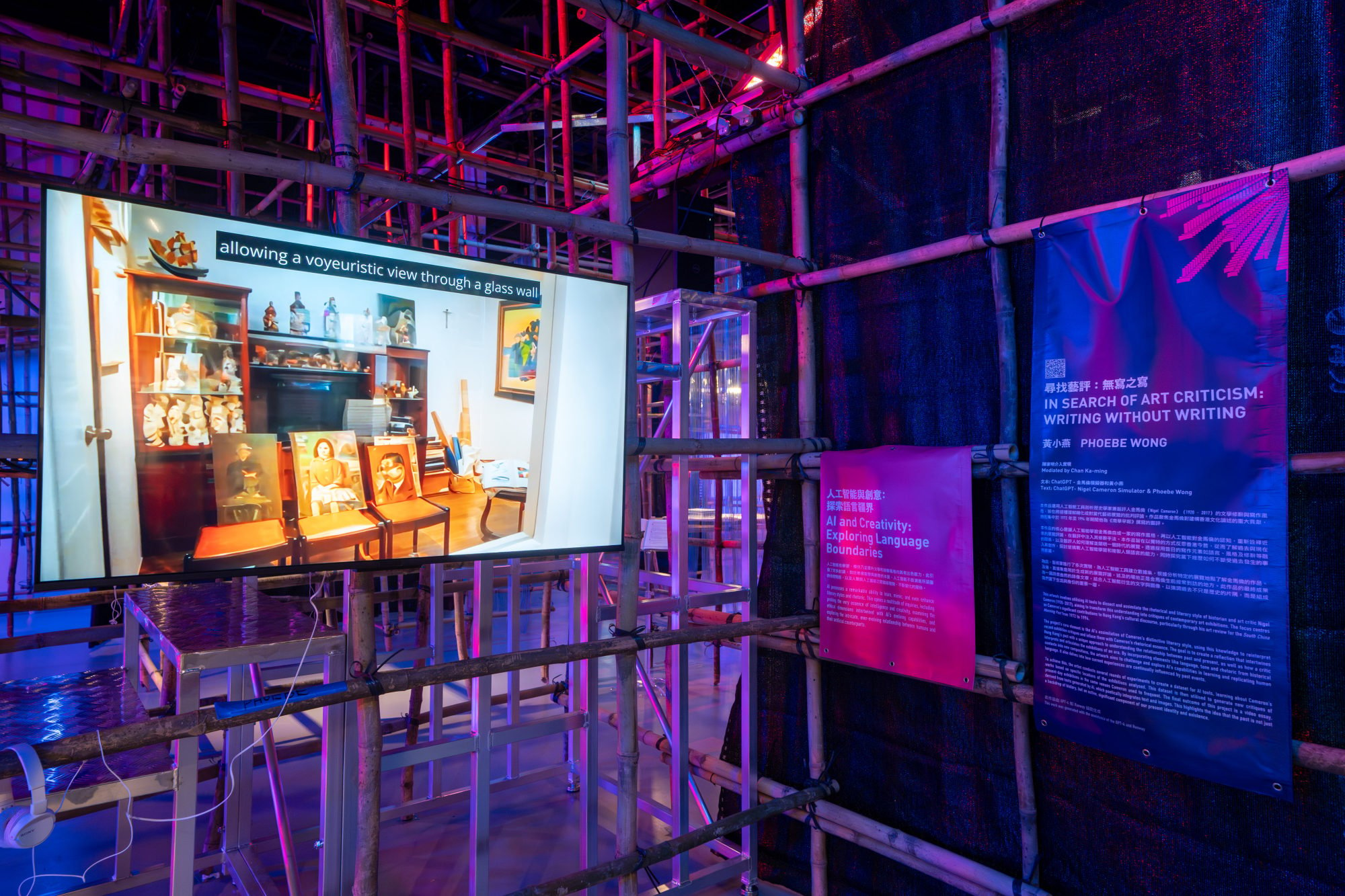
“Art tech can be quite vague. If you ask 10 different people, you might get 10 different responses,” Ng said. “In approving funding, we don’t think some applications can be considered art tech. There’s also a debate whether art or tech should take the lead.”
He said the committee gave a heavier weighting to “the art side” when considering applications for funding.
“We hope that art can be elevated with the support of technology,” he said.
One application that secured funding was by a company called Step Out, which focuses on tap dancing. By installing devices on dancers’ shoes, it collects data to generate a live projection onto the stage.
“They are very creative. This is not extremely hi-tech, but we felt that this visualised the rhythms of their performances, which combined their art and technology,” Ng said.
The government has supported eight art tech projects with an overall funding of about HK$24.6 million through the Arts Capacity Development Funding Scheme.
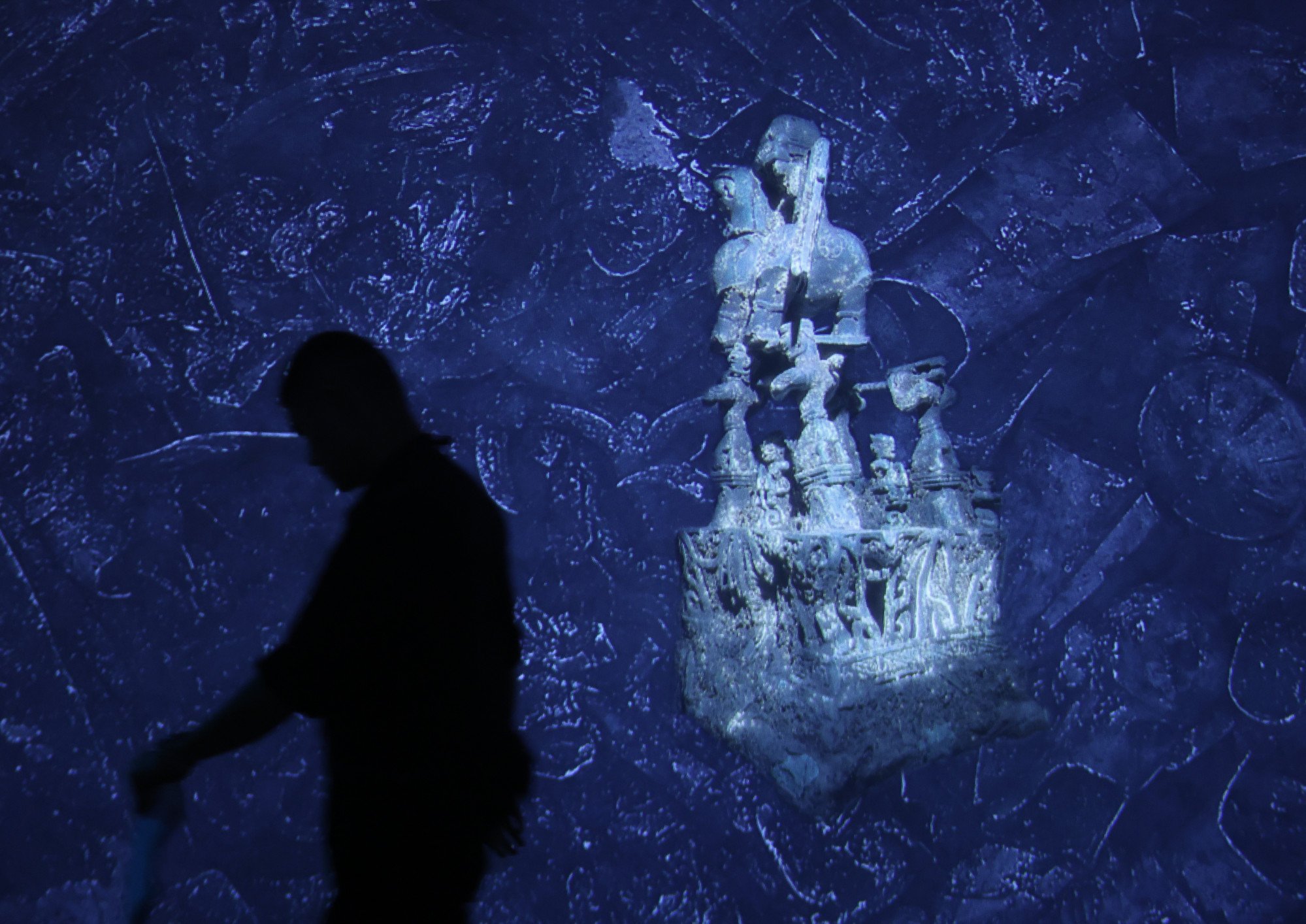
Another HK$30 million was allocated in 2022-23 to the Arts Technology Funding Pilot Scheme to encourage major performing arts groups to explore ways to apply art tech in their stage productions and presentations, the government said.
So far, five projects have received a combined HK$17.36 million.
The legislator said it was difficult to have specific key performance indicators, but suggested that the commercial success of the city’s art tech companies was a way to assess them.
“Many firms that have married art and technology in Japan or South Korea are highly profitable. If Hong Kong can be a cradle for such companies and platforms, that can be a barometer of success,” he said.
“In addition to being a cultural exchange hub, Hong Kong is also designated by the central government as an innovation hub. We should be leading the trend, like two decades ago when many countries took reference from our Octopus card.”
Some of the art tech start-ups based in Hong Kong’s Cyberport include: Nikopikco, which works in projection mapping and has done projects with the Cultural Centre in Tsim Sha Tsui; ICE Production, which focuses on virtual reality experiences; and Ubivox, which specialises in digital sculpting and 3D printing.

Art adviser Heiman Ng, who teaches art tech as a guest lecturer at HKU’s business school, said the scene’s development had been “chaotic”, not least because of the absence of a clear definition.
Art tech risked being reduced to gimmicks if it was poorly implemented, he said.
The adviser recalled that when he was head of business development at the 2021 Digital Art Fair, the authorities bought 500 tickets for government officials to visit and learn about art tech.
“But when you look at the policy addresses in recent years, they don’t touch a lot on the trend of art tech,” he said. “Perhaps the priorities of the government have changed.”
What was more important, he felt, was for the industry to rely on its own efforts to further develop art tech as it had done in establishing Hong Kong as one of the top markets in the world.
“If the government can display some art tech projects in public museums and spaces, that is already good,” he said.
Despite the lack of a clear definition or key performance indicators, art tech was a worthwhile area to pursue because it appealed to the younger generation and helped connect them to art, he said.
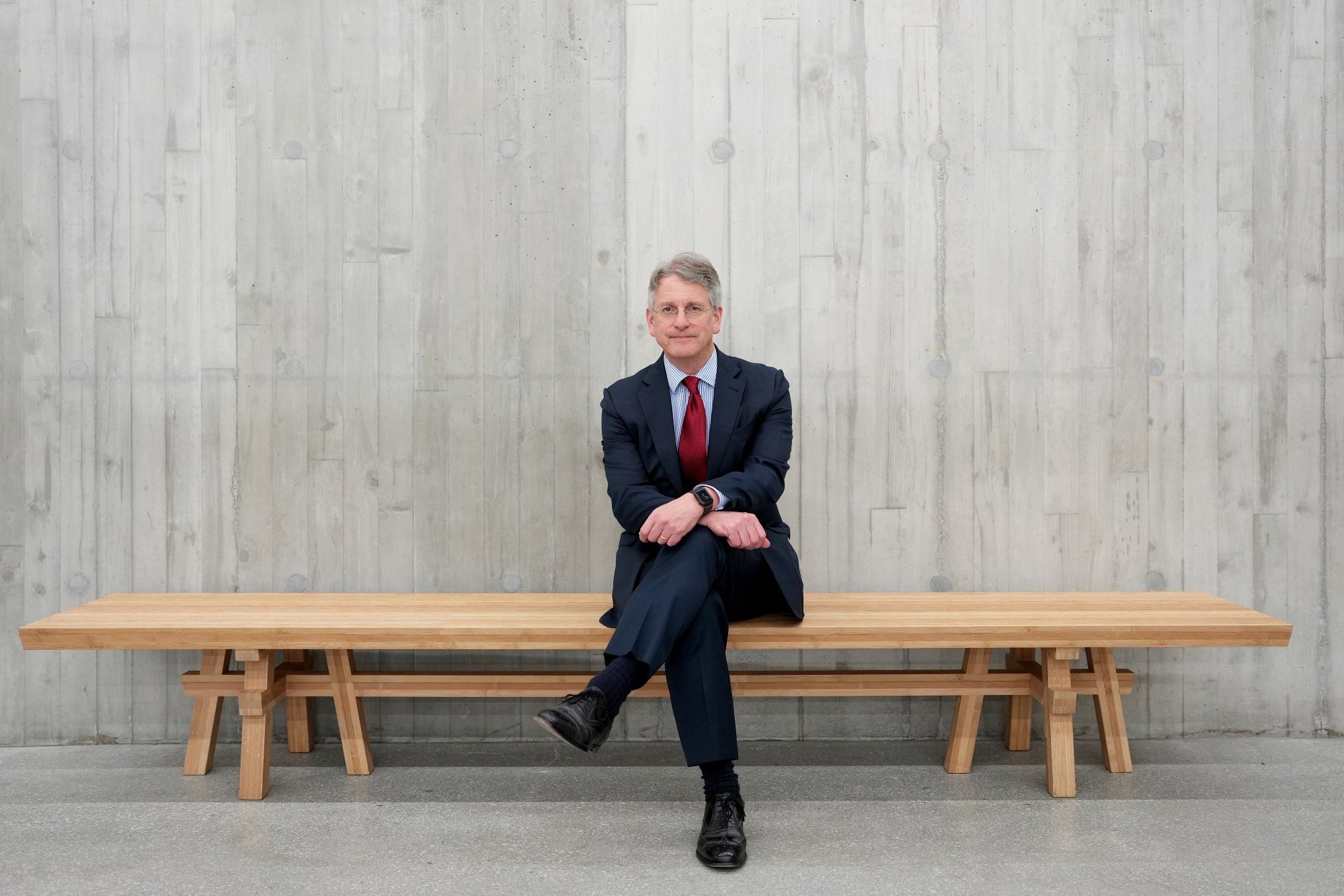
If the traditional gallery or museum experience did not appeal to younger people, industry practitioners had to come up with ways to engage them.
“If art tech is not done well, it may pass the younger generation by and we will not be able to sustain the art and cultural ecosystem for the next generation,” he said.
Hong Kong’s situation is not unique. Thomas Campbell, director and CEO of the Fine Arts Museums of San Francisco, told the Post during a recent visit to Hong Kong that he agreed art tech was a way to engage with younger audiences.
He said that in the last 10 to 15 years, he had used contemporary art to attract younger visitors to museums that had long shown historical pieces. He thought art tech could do the same in the future.
Campbell said that, unlike historical or contemporary art, art tech was a nascent field still being assessed, with its intrinsic artistic value yet to be determined.
“It’s so early when it comes to AI,” he said.
Prominent AI artist Refik Anadol, whose works are in the collection of the Museum of Modern Art in the US, said art tech was the way forward but cautioned that technology was a tool, like paint brushes and canvases, not the ultimate goal.
“Let’s remember that tools will not make a breakthrough, they are available for everyone,” said the Turkish native who was in Hong Kong last month for the International Cultural Summit.
He is best known for his tall installations of screens that show luminous waves of vibrant pigments generated by data he has collected and trained in a learning model.
“For artists to make a difference, they have to train their own models and collect their own data.”
Gallerists say more seasoned collectors among visitors to Art Basel Hong Kong
Gallerists say more seasoned collectors among visitors to Art Basel Hong Kong
Anadol said he believed the city had tremendous potential in art tech, judging by the overwhelming messages of support from visitors to his three-week exhibition held in Central in 2021.
He said he had never received such a response anywhere else, and it suggested a huge appetite for AI-generated art from a very open-minded audience.
To further develop the scene, Hong Kong needed to make the most of its home-grown cultural assets as it used technology with art, PolyU’s Duh said.
“In art, the disruptive power of artificial intelligence has levelled the playing field, meaning that everyone involved has a similar starting point,” he said, adding that the city could find its place within art tech by drawing on its rich heritage in films, comics and pop music.
In a boost for the sector, authorities allocated HK$70 million to upgrade government facilities from 2023-24 to enable arts groups to apply technology more extensively in their performances.
The government also earmarked HK$85 million each year from 2022-23 to support the development of the East Kowloon Cultural Centre into a major art tech venue and incubator, but its scheduled 2023 opening has been delayed to 2025.
HKU’s Heiman Ng said art tech in Hong Kong was not just about how much the government pumped into its development, but also more substantial cultural material that could establish the city’s own brand, and footing, in the world.
Practitioners needed to find out what truly mattered to the audience and its meaning and purpose, so art tech could go beyond what it was now – something eye-catching and often used as a marketing gimmick.
“When we talk about art tech, we need to touch on culture, meaning that there needs to be substance to tell complete and engaging stories,” he said.
“Very often people have a misplaced focus, thinking art tech is the result, but it is merely a means. If it’s used for the sake of it, it loses the point.”

